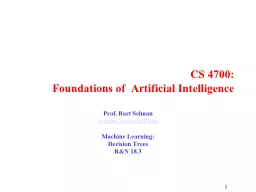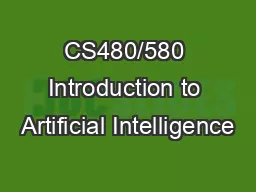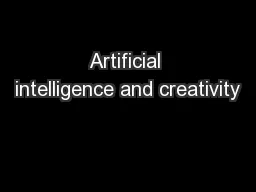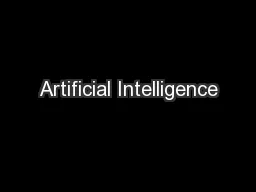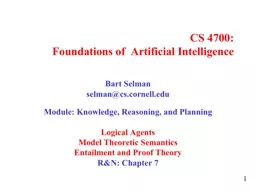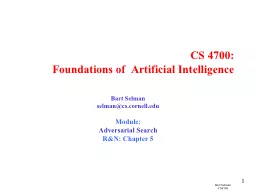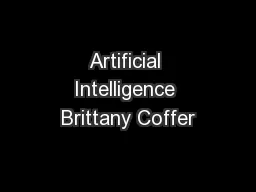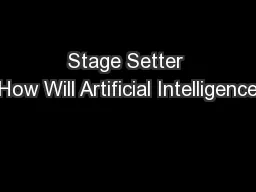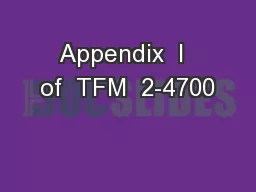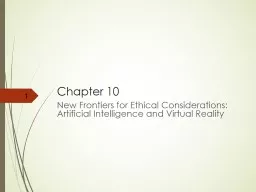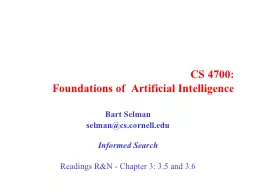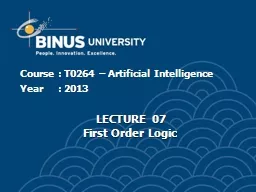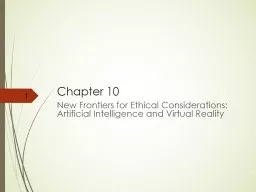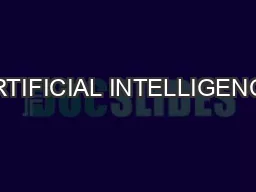PPT-CS 4700: Foundations of Artificial Intelligence
Author : faustina-dinatale | Published Date : 2019-06-22
Prof Bart Selman selmancscornelledu Machine Learning Decision Trees RampN 183 Big Data Sensors Everywhere Data collected and stored at enormous speeds GBhour
Presentation Embed Code
Download Presentation
Download Presentation The PPT/PDF document "CS 4700: Foundations of Artificial Inte..." is the property of its rightful owner. Permission is granted to download and print the materials on this website for personal, non-commercial use only, and to display it on your personal computer provided you do not modify the materials and that you retain all copyright notices contained in the materials. By downloading content from our website, you accept the terms of this agreement.
CS 4700: Foundations of Artificial Intelligence: Transcript
Download Rules Of Document
"CS 4700: Foundations of Artificial Intelligence"The content belongs to its owner. You may download and print it for personal use, without modification, and keep all copyright notices. By downloading, you agree to these terms.
Related Documents

